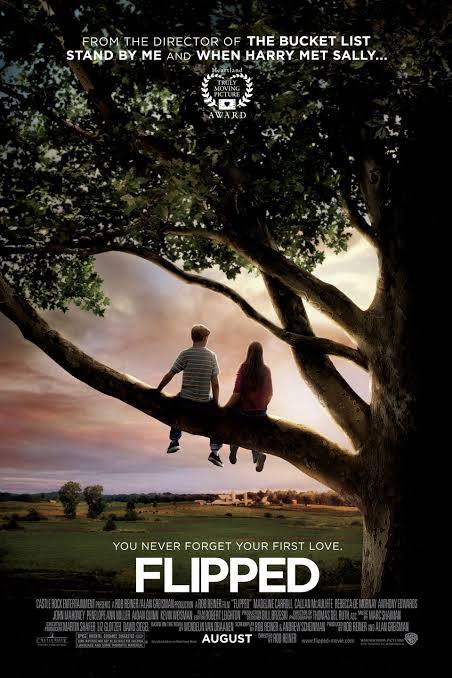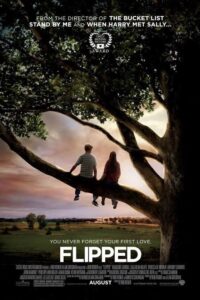Interview: Nanette Burstein of ‘Going the Distance’
Posted on September 2, 2010 at 8:00 am
Drew Barrymore and her real-life on-and-off boyfriend Justin Long appear together in a very contemporary romantic comedy called “Going the Distance.” I spoke to director Nanette Burstein about why it had to be R-rated, working with actors who have their own romantic history, and why they changed the early version of the script to make the characters older.
Sometimes real-life couples don’t come across well on screen, but this time it seemed that the off-screen chemistry of Drew Barrymore and Justin Long really came across through their characters. How did you know that would work and what was it like to work with them?
I spent time with both of them. You could see why they really enjoy each other’s company and feel so comfortable together. They have such strong chemistry onscreen it was a huge advantage for the movie. Drew is enormously charming, which is why we all fall in love with her on screen. And she’s a total professional, incredibly experienced, who has been doing this since she was a baby, so she knows the business very well and is a great collaborator. Fifty percent of the humor of the movie was improvised, based on the comic abilities of the actors.
I also loved Christina Applegate in the film as Drew Barrymore’s sister.
She is such an enormously talented actress and a great comic actress. Not only would she work well as Drew’s sister — they look like they could be sisters — she was perfect for the part and brought so much to it.
Did you make any important changes to the original script?
The very first script the characters were younger, in their 20’s. We made them a little older because the stakes are so much higher at that age. The issue of your career and love live become even more intense if you haven’t figured it out by then.
What decisions did you make about the look of the film?
I wanted the film to be very honest. Economics is definitely an issue. I wanted the production design to show the kind of real life they have. Often in romantic comedies and TV shows people don’t have a lot of money and they have these fabulous apartments. I wanted it to look like the places these people would live. And Christina’s character is very organized, meticulous character and the house needed to reflect that as well.
Most romantic comedies are a PG-13. Why did this need to be an R?
We wanted to be really funny and really honest. The reference would be “Knocked Up,” not a fairy tale romantic comedy but a really honest romantic comedy.
One thing that works very well in the film is the interplay between the guys. Was that a challenge for you as a woman?
I hang out with a lot of guys and my husband’s my best friend. It wasn’t a problem at all. It’s the same way men direct women and can make them honest and realistic. And sometimes we understand men better than they understand themselves.
What movies inspired you to become a film-maker?
I grew up watching the movies of the 70’s, Woody Allen, Roman Polanski, Martin Scorsese, Francis Ford Coppola. The funny honest, character movies are the ones I love the most.
What do you think is funny?
When we make fun of our own frailties or vulnerabilities, anything can be comedy in the right hands. There is a scale and you have to find just the right note to make each scene work. Some you have to play a little over the top and some you have to be more subtle to make it funnier. It isn’t until you block it that you find out which way it will work.
What do you look for in the projects you work on?
It’s important for me in the films I make, whether documentary or fiction, that the characters are likable, so the audience can root for them. That’s not always true of movies. A lot of times in romantic comedies the female character can be uptight and neurotic and kind of repelling. They can be flawed, but I want to be able to fall in love with them and root for them.


